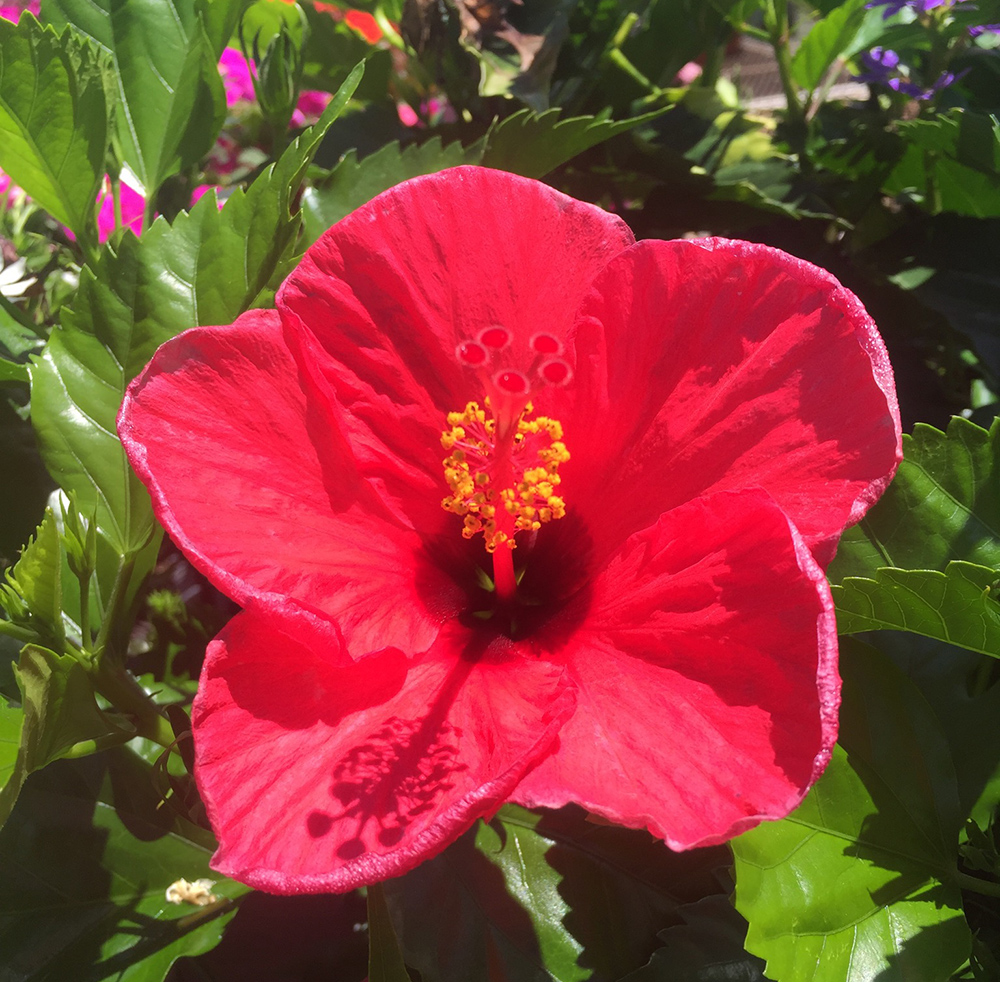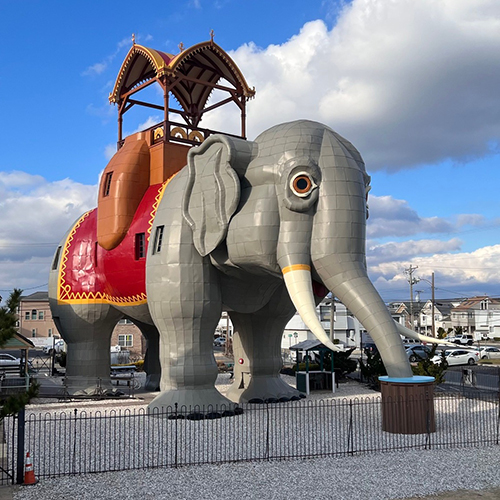By Tammy Thornton
“If you are cold, tea will warm you;
if you are too heated, it will cool you;
If you are depressed, it will cheer you;
If you are excited, it will calm you.”
– William Ewart Gladstone

Picture a garden tea party, complete with cucumber sandwiches, lemon curd, and scones. Of course, tea is brewing in the flowered teapot that rests on the vintage tablecloth. Now imagine those tea leaves came from your own garden. Well, the Victorian era and petite sandwiches might not be your thing, but you can still grow the ingredients for a perfect pot of tea.
True tea comes from the Tea Plant (Camellia sinensis). Native to Southeast Asia, the leaves and buds are used to make green, black, white, and oolong tea. Typically, Tea Plants grow best in zones 8-11, but some cold-hardy varieties can be successfully grown in zones 6 and 7 as well. This evergreen shrub with glossy green, serrated leaves will produce beautiful small white flowers with bright yellow stamens.
You can also make tea from infusions of herbs, flowers, bark, berries, and roots; but these will not be “true teas” and instead are referred to as herbal teas or tisanes. Some of the ingredients for herbal tea may already be growing in your garden. Lemon verbena, mint, lavender, lemon balm, echinacea (coneflower), and hibiscus flowers can all be used to make herbal teas. Simply choose a few fresh leaves or flowers and steep in almost boiling water for 5-10 minutes. Experiment with timing, because the longer the tea is steeped, the more tannins will be released into your tea. Tannins can contribute to the antioxidants, color, and taste of your tea, but tea steeped too long can release too many tannins, making your tea bitter.
If you are new to herbal tea making, start with one herb or flower and add different types to see which appeal to you most. Since the combinations are limitless, you can really have fun experimenting with different flavors. Mints come in many varieties such as ginger mint, pineapple mint, chocolate mint, or apple mint (to name a few). For an unusual tea, add basil, rosemary, or thyme. Sweeten your tea naturally by adding stevia that you can also grow in your tea garden. Of course, additions like lemon, orange, and honey can really enhance your cup of tea.

Before long, you will be looking at your garden differently, with an eye for what you can use for tea. Instead of regarding dandelions as weeds, you may find you have a taste for dandelion tea. I’m looking forward to making blackberry tea in which both the berries and leaves of my blackberry bushes can be used. A word of caution though, not all beautiful flowers are edible. Do your research—some flowers such as foxglove, larkspur (delphinium), lily of the valley, and mountain laurel are highly toxic and can cause major illness or death. However, many herbs and flowers are known for their stress-reducing and medicinal properties.
Once you determine which plants can be used in tea, you may be inspired to create a tea-themed garden. Fortunately, many pollinators will be attracted to the same flowers used to make herbal teas. I can picture teacups used as bird feeders strategically placed to carry out the theme. Be sure to add a little table and some chairs to serve your guests their tea. This time of year, a glass of herbal iced tea sounds very good. How very nice to know the ingredients are right in my own back yard.
Shore Local would love to hear about your gardens. Please send your questions, comments, and pictures to shorelocalgardener@gmail.com.
Tammy Thornton is a mom of four, a substitute teacher, and a Sunday school teacher. She is passionate about gardening and cooking, and loves the beach.






